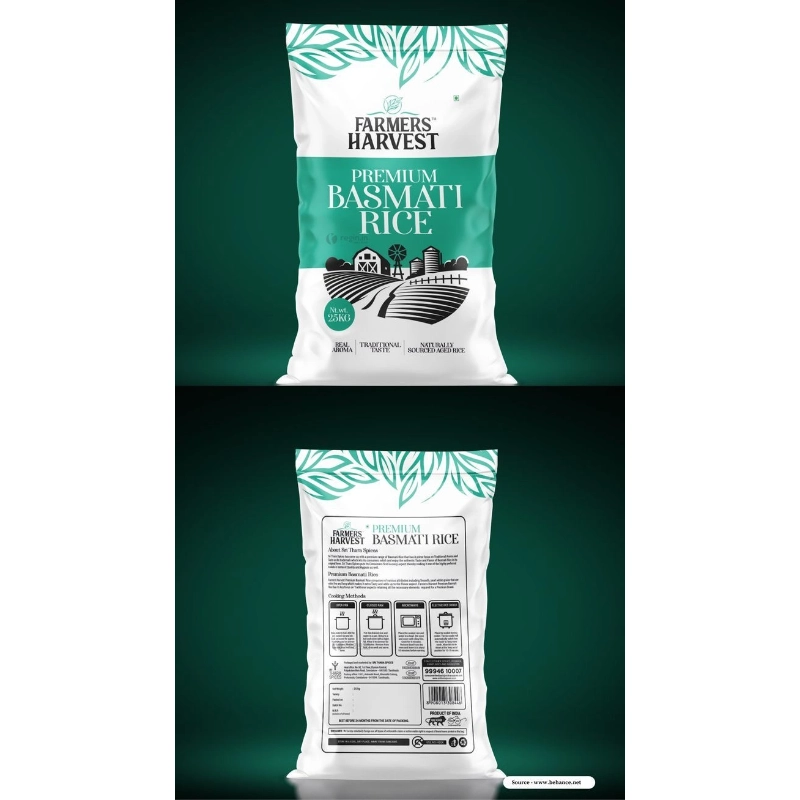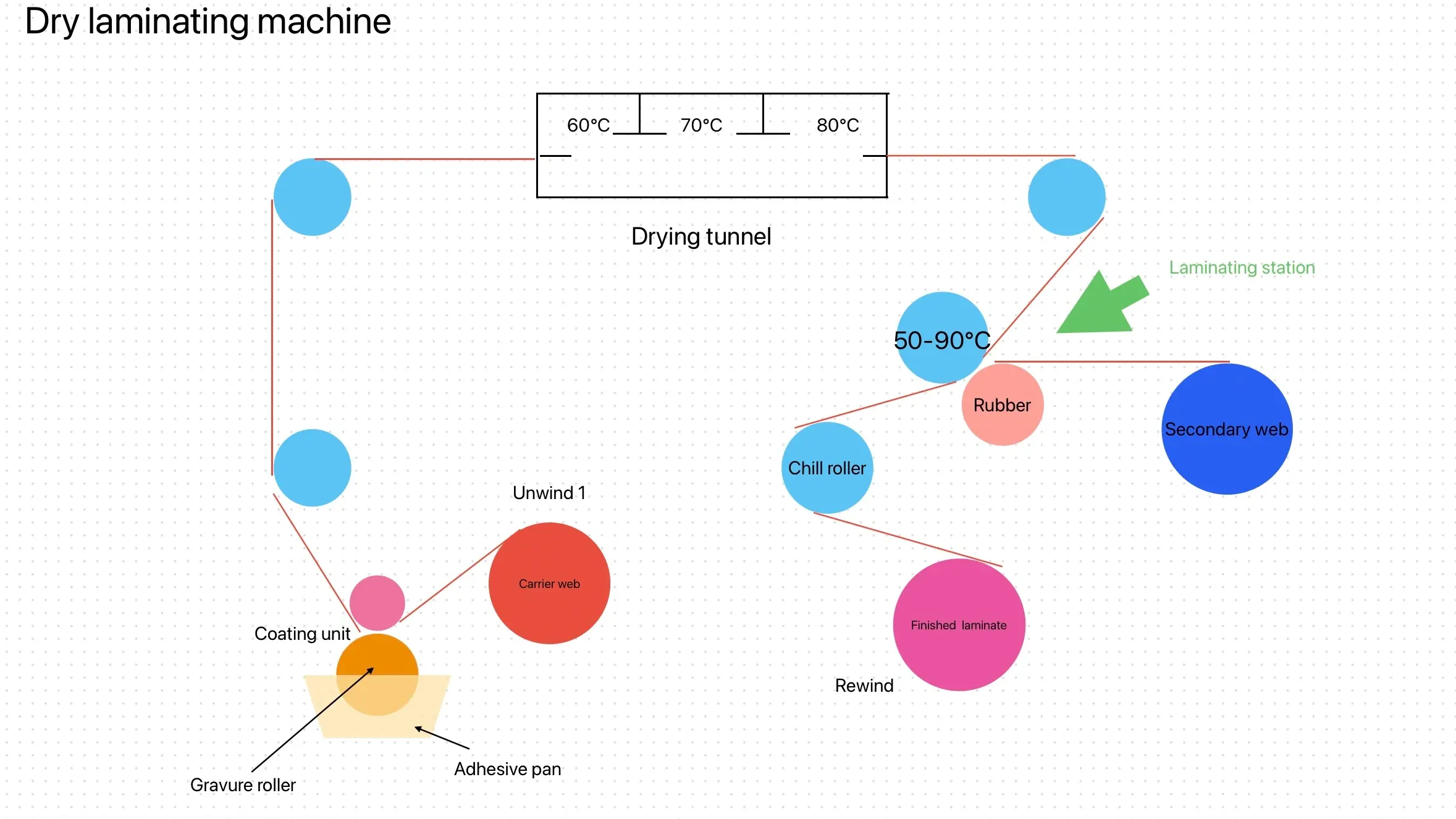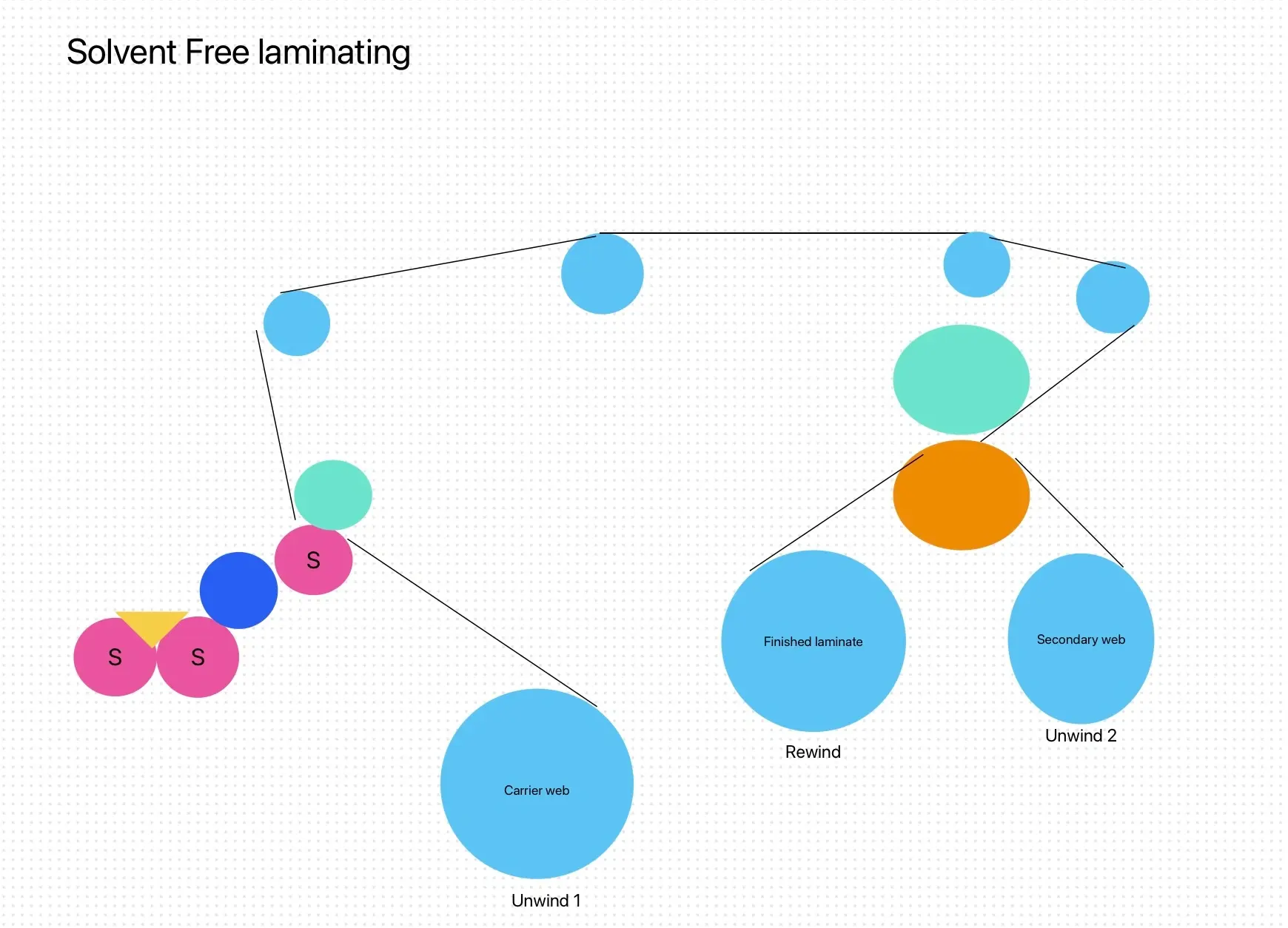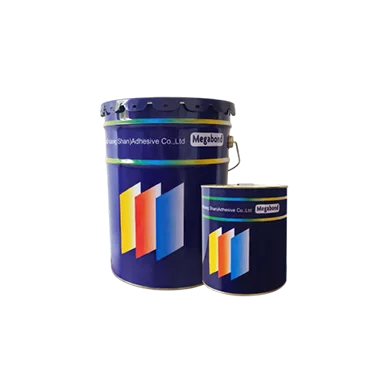
1. Selection
(1) Material requirements:
Compound fertilizer packaging bags should be made of materials that meet national standards such as polypropylene (PP), polyester (PET) and polyethylene (PE). These materials should have good transparency, antistatic properties and other characteristics to ensure that the packaging bags can meet the special needs of the agricultural field during use.
In particular, double-layer composite bags have been widely used in agricultural fertilizer packaging and transportation due to their moisture-proof, waterproof, tensile and breathable characteristics. Double-layer composite bags can effectively ensure the quality of fertilizers and avoid problems such as caking and frosting of fertilizers in humid environments.
(2) Structural and design requirements:
The structure of compound fertilizer packaging bags should meet certain proportions and thicknesses to meet requirements such as moisture-proof, moisture-proof, and tensile strength.
In terms of design, the packaging bags should take into account factors such as packaging convenience and aesthetics, and pay special attention to the design of the bag mouth so that farmers can open and close them easily and quickly when using them in the fields.
(3) Production requirements:
Manufacturers should ensure that production equipment and production environment meet production requirements, and control temperature, time and other factors to ensure that product quality meets standard requirements.
(4) Inspection requirements:
Inspection of compound fertilizer packaging bags should be carried out at more than 10% of the original planned production volume. The inspection content includes appearance, size, weight, printing quality and other aspects to ensure stable product quality.
2. Application
(1) Fertilizer packaging:
Composite packaging bags are widely used in the packaging and transportation of agricultural fertilizers. Their moisture-proof, waterproof and tensile properties ensure the quality of fertilizers during storage and transportation.
(2) Seed packaging:
For agricultural products such as seeds that require special protection, composite packaging bags can also provide effective protection to ensure that seeds are not damaged during storage and transportation.
(3) Other agricultural product packaging:
In addition to fertilizers and seeds, composite packaging bags can also be used for the packaging of other agricultural products, such as vegetables and fruits. By selecting appropriate materials and designs, the freshness and quality of agricultural products can be ensured during storage and transportation.
3. Summary
The selection and application of composite packaging bags for agricultural packaging requires comprehensive consideration of factors such as materials, structure, design, production, inspection, etc. Through reasonable selection and application, the quality and safety of agricultural products during storage and transportation can be ensured.




